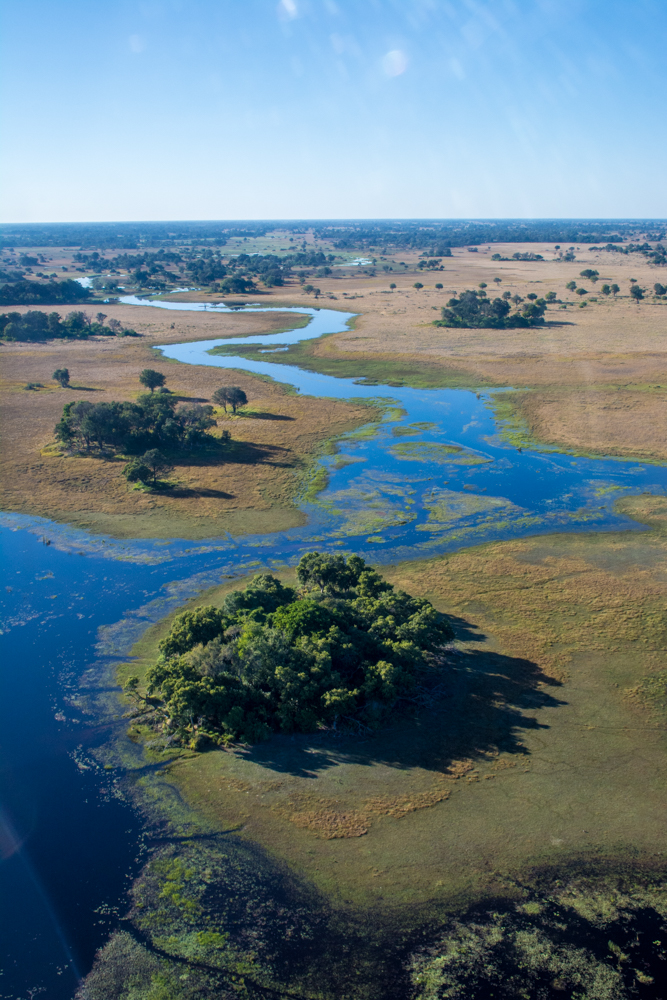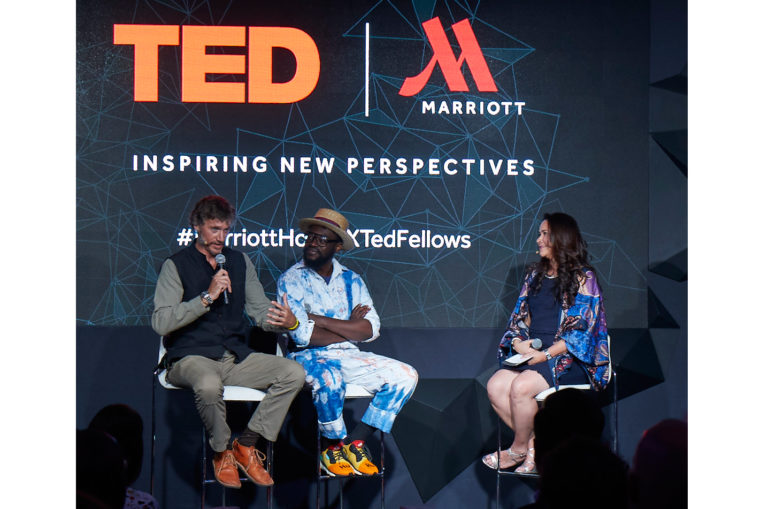Dr Steve Boyes, a local conservation biologist and keen ornithologist from the Western Cape, has made his second home in Botswana’s Okavango Delta, the largest freshwater wetland. He and his team of National Geographic researchers and creatives travelled to the Okavango’s source in Angola, to create a wilderness protection area called the Okavango Wilderness Project.
It all started when a 22-year-old Steve was working at a safari lodge, and fell in love with the wild. He abandoned his Master’s degree and went to Botswana, where he eventually completed it in the back of his 4×4 ‘office’, and later pursuing his PhD.
In his time in the Delta and surrounds, Boyes, along with his brother Chris and their extraordinary team, including the invaluable local Tumeletso ‘Water’ Setlabosha, has discovered 32 new species in the wild, most notably a furry tarantula with a strange protrusion from the top of its head: the horned baboon spider.

Image: Melanie van Zyl
This is also the place where elephants and Africa’s revered wildlife are most happy – there are a number of untouched water sources that sustain the wilderness and its wildlife. The 19 lakes and three unnamed waterfalls near the Okavango’s source rivers (the Cubango and Cuito in Angola) are what make this space home to the largest elephant populations in the world.
Here the group has found new populations of lions, cheetahs, leopards, and the endangered African wild dogs. These positive sightings in what Boyes calls the ‘last Eden’ can’t sustain itself forever, though. Poor water management and soil erosion threaten to stop supplying the world’s largest inland river delta.
The plan is to create a protected area and water tower by 2021, and for the moment, a luxury wildlife safari experience that shows off the region’s beauty and enhances its wildlife offerings in a bid to protect its rich biodiversity by protecting the water sources.
Parties involved are discussing the name of the protected water tower and area, but what we do know is that this vast wilderness zone is already three times bigger than the United Kingdom.

Steve Boyes in the middle of a TEDTalk/ Marriott Hotels.
It’s Boyes’ lifework to protect the Okavango and its unique ecosystem by taking the discussion to greater platforms, apart from the team’s work on the ground.
In 2013, Boyes became a fellow of the National Geographic Society, a global NPO. A year later, he became a TED Senior Fellow, and rubbed shoulders with the likes of Bill Gates, Elon Musk and Sir Richard Branson, who took a great interest in his work.
Nat Geo donates millions of dollars in funding to Steve’s Okavango Wilderness Project, and the team honours that investment with fast action in conservation development. The budget for the Project allows for creatives such as photographers, artists and filmmakers to tag along on these eco-expeditions to document the work being done and discoveries being made. Together, they’ve helped produce short films and documentaries of life in the Okavango.
One such expedition involves crossing parts of the delta on traditional mokoro boats, and having a big hippo flip its passengers into the air, sending Boyes and his team into the water, with gaping hippo holes in their boat. They also work with the HALO Trust, an organisation working to remove landmines in the still war-torn Angola.

Image: Marriott Hotels
Boyes explained his passion for the African wilderness, and for the Okavango region in particular, in a special TEDTalk at the Cape Town Marriott Hotel Crystal Towers on Wednesday 21 March.
He was joined by Billy Sellanga, a Kenyan musician who feels that in his culture in particular, its history, is forgotten.
You may also like
Related Posts
China’s National Health Commission has published a list of controversial coronavirus treatments that have animal...
read more
Warmer sea temperatures in the summer months, especially in February, were recorded and are believed...
read more
While people are stuck indoors due to the coronavirus pandemic, the penguins at the Two...
read more